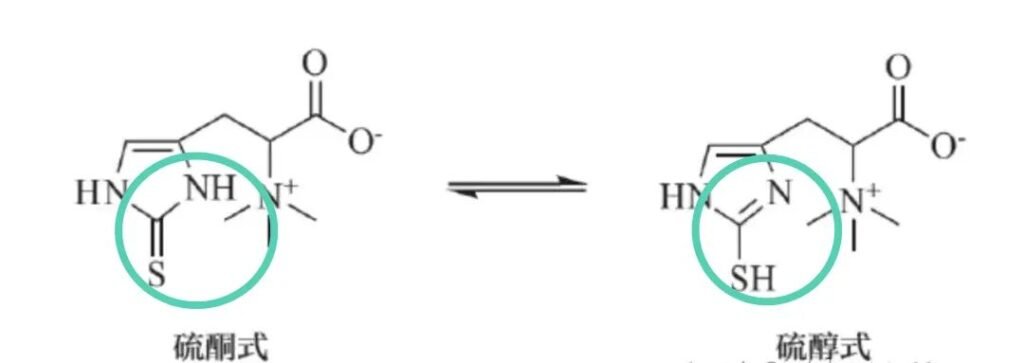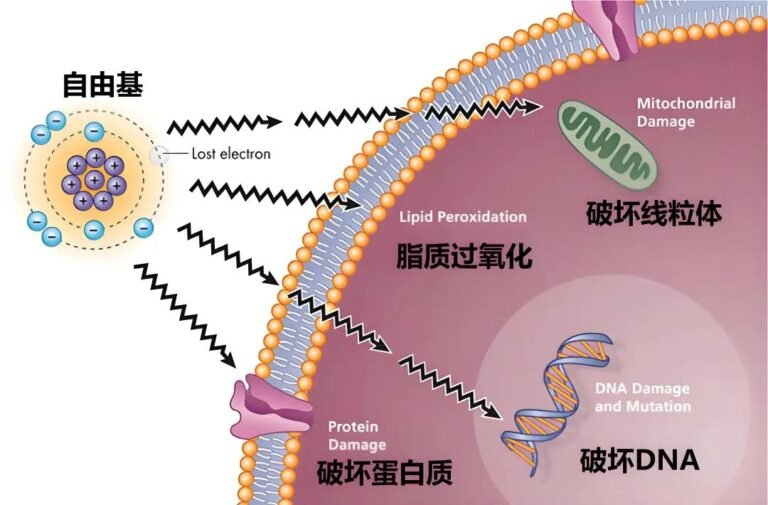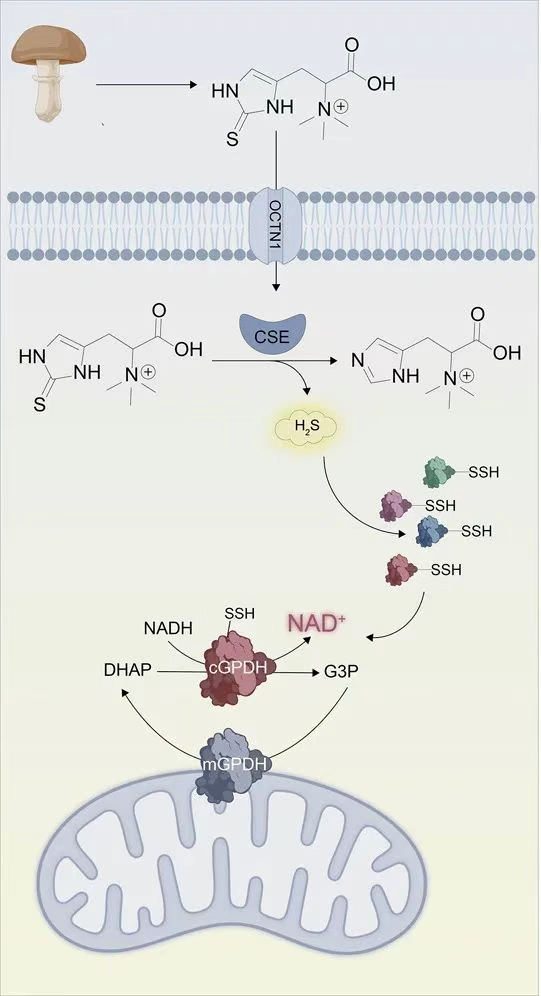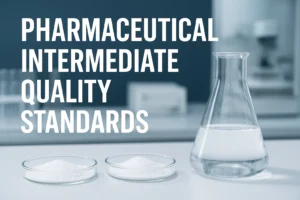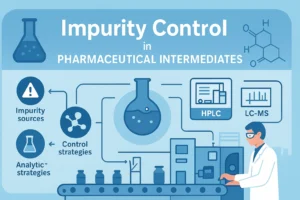
Impurity Control in Pharmaceutical Intermediates: Insights from a Production Perspective
Learn proven, production-level strategies for impurity control in pharmaceutical intermediates. This guide explains impurity sources, control methods, and batch consistency practices.


